It may be a little hard to see, but the chicken breast has been sliced – I had large boneless, skinless breasts, so I could have fed 4 people, I swear, with just 2 breasts. The glaze/sauce is subtle but really, really good.
The recipe for this came from Food & Wine magazine, although it called for bone-in chicken breasts, which I didn’t have. I searched around the ‘net and found a few other bloggers or sites that prepared this chicken, and one suggestion was to reduce the amount of sauce. I did that, although when finished, I wished I’d had a little extra to drizzle on the finished, sliced chicken. So, I went back to the recipe and upped the amount of sauce from what I prepared. But, if you or your family like more stuff to drizzle, do more sauce that indicated below. Someone else had used part butter, part olive oil. I liked that option. SO, all that said, the recipe below is changed a bit from the magazine’s version.
First I pounded the chicken breasts to an even thickness (about 1/3 inch) with a piece of plastic wrap covering the meat. Then you briefly melt the butter in the baking dish/pan in the oven – (don’t use a big, honkin’ pan as the butter/oil will spread all over – confine it to a baking dish that’s just a bit bigger than the chicken breasts, however many you’re making). Don’t melt it for more than a few minutes or the butter will burn. You can mix all the other ingredients in at the same time (Dijon  mustard, maple syrup and curry powder) but unless you watch this very, very carefully, the mixture WILL burn (mine nearly did). Then you dunk the chicken in the glaze mixture (mix it right on the pan – see photo). Once the butter melts, whisk it just a bit, then do the dunking. Turn the breasts over a couple of times to get as much of the mixture on the chicken as possible.
mustard, maple syrup and curry powder) but unless you watch this very, very carefully, the mixture WILL burn (mine nearly did). Then you dunk the chicken in the glaze mixture (mix it right on the pan – see photo). Once the butter melts, whisk it just a bit, then do the dunking. Turn the breasts over a couple of times to get as much of the mixture on the chicken as possible.
Then it’s merely baking the chicken until it reaches 160°F. Now, I’ll warn you – use an instant read thermometer if at all possible – when I baked this it took about 15 minutes, but depending on how thick your chicken is, it might even be LESS than that. If it’s not quite there, just continue baking for another 2-3 minutes before you check it again. If it goes higher than 160°, trust me, the chicken will be dry.
I used frozen chicken breasts, thawed, of course, and I’ll tell you for sure – this was SO juicy. I was vigilant, though, about the temperature. I hate-hate dry chicken. So do yourself a favor and use the thermometer. I had a little bit of the wild rice salad with watercress left over from a few days ago, and it was perfect with this chicken (you can see it in the background on the plate.
What’s GOOD: The flavors were subtle, believe it or not! The curry hardly could be tasted (I know, doesn’t sound right, but it wasn’t a strong flavor at all). You’re aware that there’s a little bit sweet, a little bit sharp (the mustard) but when mixed together it’s quite mellow. Liked it a LOT, and it was SO SO easy! I had dinner prepared in about 20 minutes. I have left overs of this, and I may put it on a salad. Actually I have 3 more meals of it ahead of me, so I’ll need to think about other ways to eat it. Very juicy and tender meat. Liked it all a lot.
What’s NOT: I can’t think of anything – even the pounding of the chicken took about one minute total. If you have some other left over veggies or salad to serve with it, it’s a cinchy easy dinner.
printer-friendly PDF and MasterCook 15/16 file (click link to open recipe)
* Exported from MasterCook *
Curried Maple-Mustard Chicken Breasts
Recipe By: Adapted from Food & Wine
Serving Size: 4
2 tablespoons unsalted butter — cut into pieces
2 tablespoons olive oil
2 tablespoons maple syrup
2 tablespoons Dijon mustard
1 tablespoon curry powder — mild or hot
1/4 teaspoon cayenne
4 boneless skinless chicken breast halves
Kosher salt and freshly ground black pepper
NOTES: As shown, there isn’t much “sauce” to serve or really, to even baste with. You can double the amount of sauce, but reserve some from the beginning (i.e. don’t dunk the chicken into all of it – the raw chicken would contaminate the sauce), then use that warmed reserved sauce for serving.
1. On a flat surface place a chicken breast, cover with a piece of plastic wrap and pound gently until the chicken is evenly thick, about 1/3 inch thick. Don’t pound the thin end. Repeat with other breasts.
2. Preheat the oven to 350°. In a glass or ceramic baking dish a bit larger than the chicken breasts, combine the butter with the maple syrup, mustard, curry powder and cayenne. Bake for about 4 minutes, until the butter is melted – don’t do it any longer or it will start to burn. Whisk in a generous pinch each of salt and pepper and let cool slightly, 5 to 10 minutes.
3. Season the chicken with salt and pepper, add to the baking dish and turn to coat with the sauce. Bake for about 15 minutes, basting occasionally, and turning the chicken over once during the baking time, until the chicken is glazed and an instant-read thermometer inserted in the thickest part registers 160°. Transfer the chicken to a work surface and slice into pieces, on an angle and serve immediately. If there is any sauce left in the pan, spoon over the chicken.
Per Serving: 277 Calories; 15g Fat (47.7% calories from fat); 28g Protein; 8g Carbohydrate; 1g Dietary Fiber; 84mg Cholesterol; 173mg Sodium.




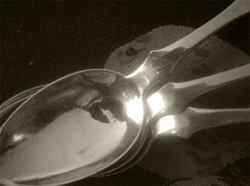
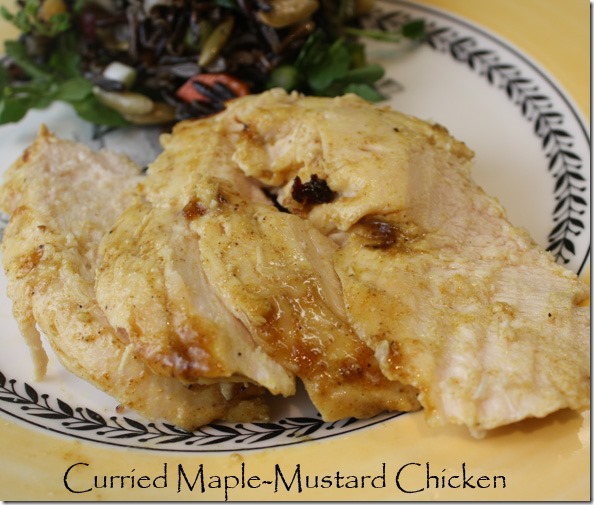


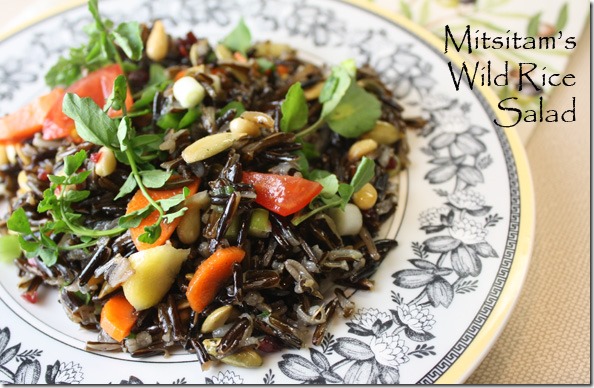
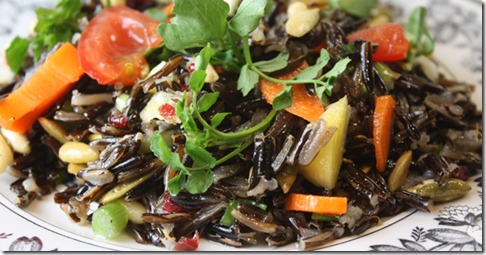


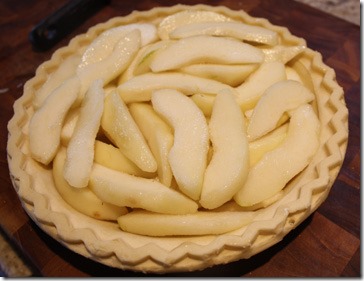
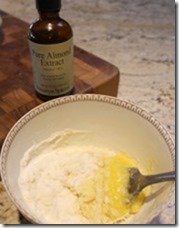


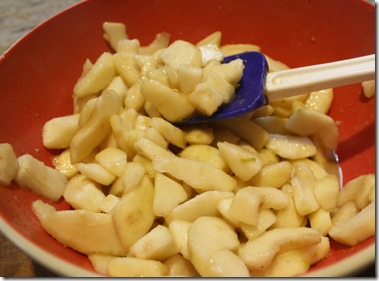


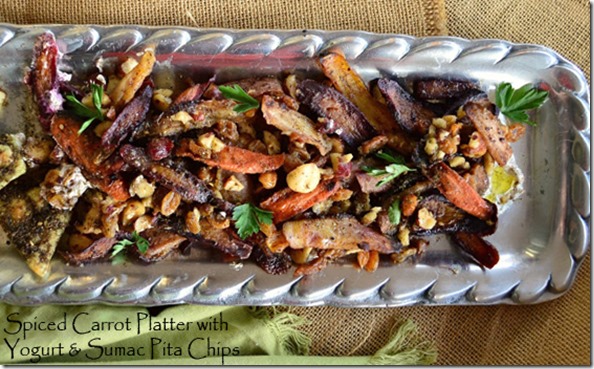
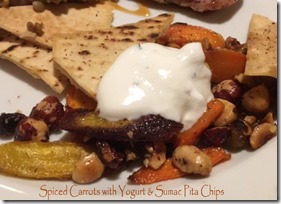
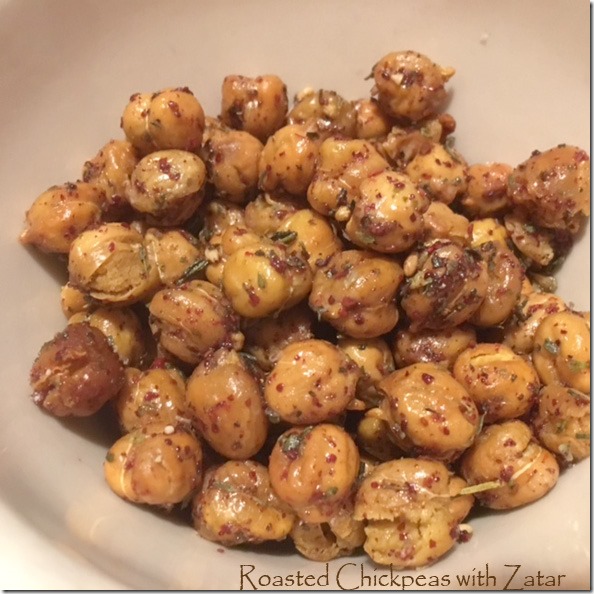

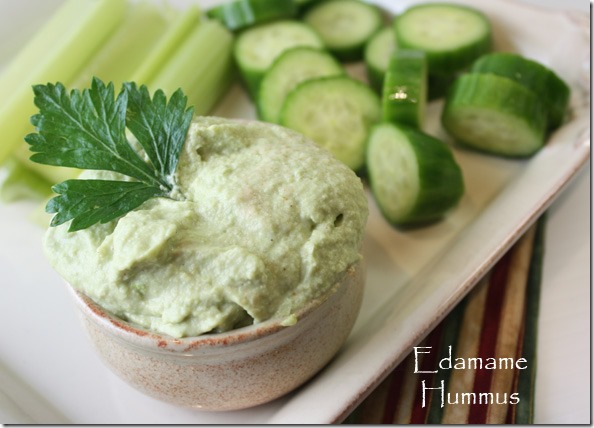
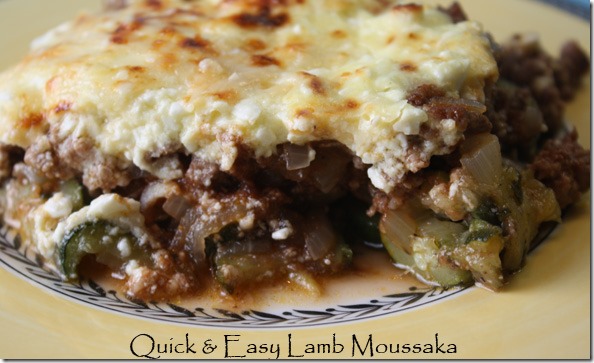
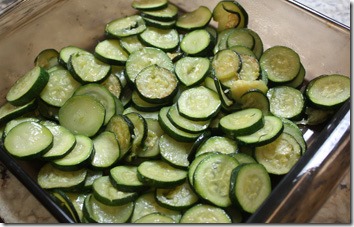
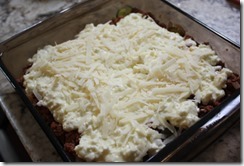

Leave a Comment!